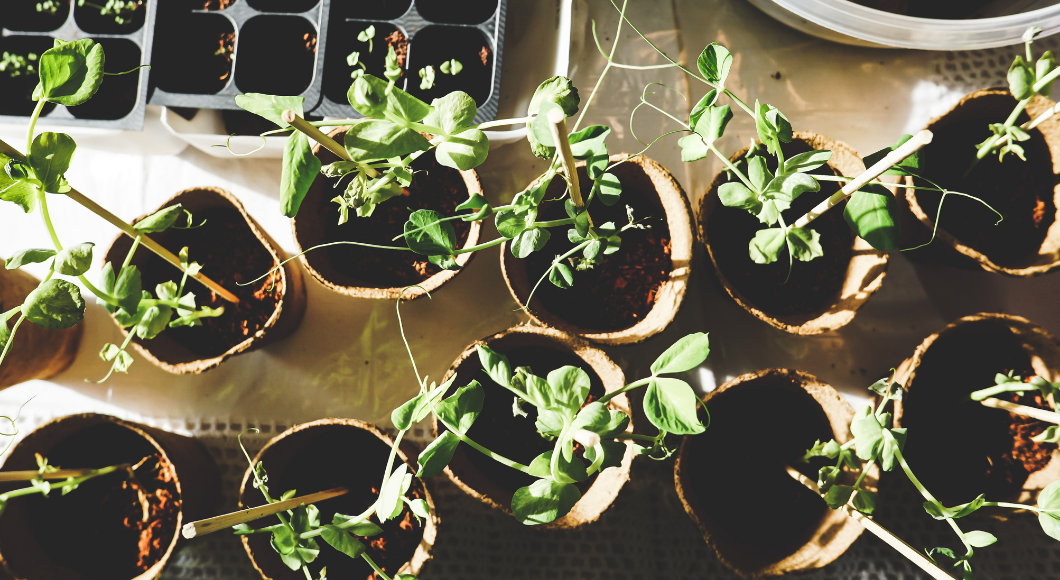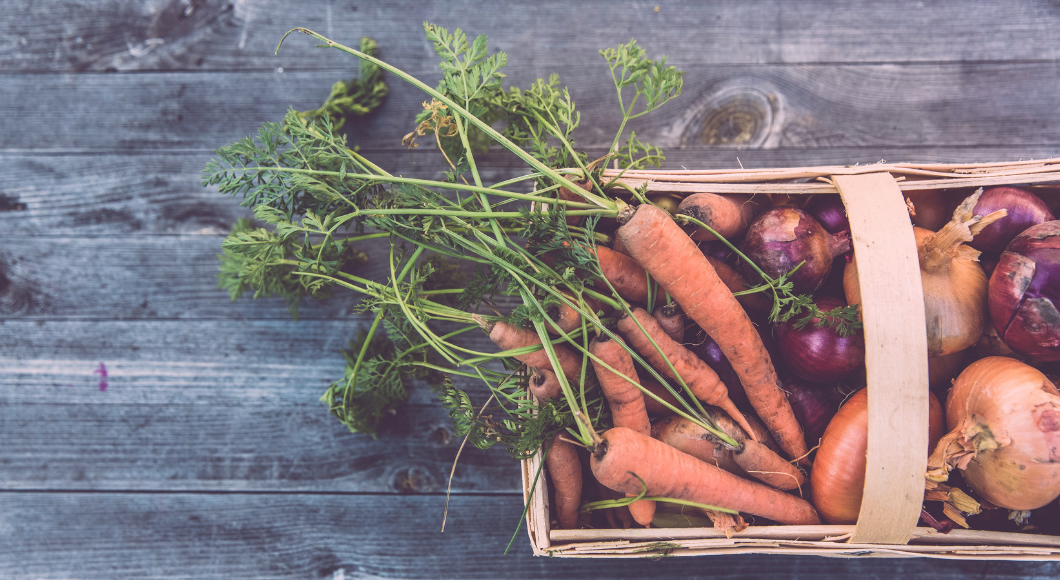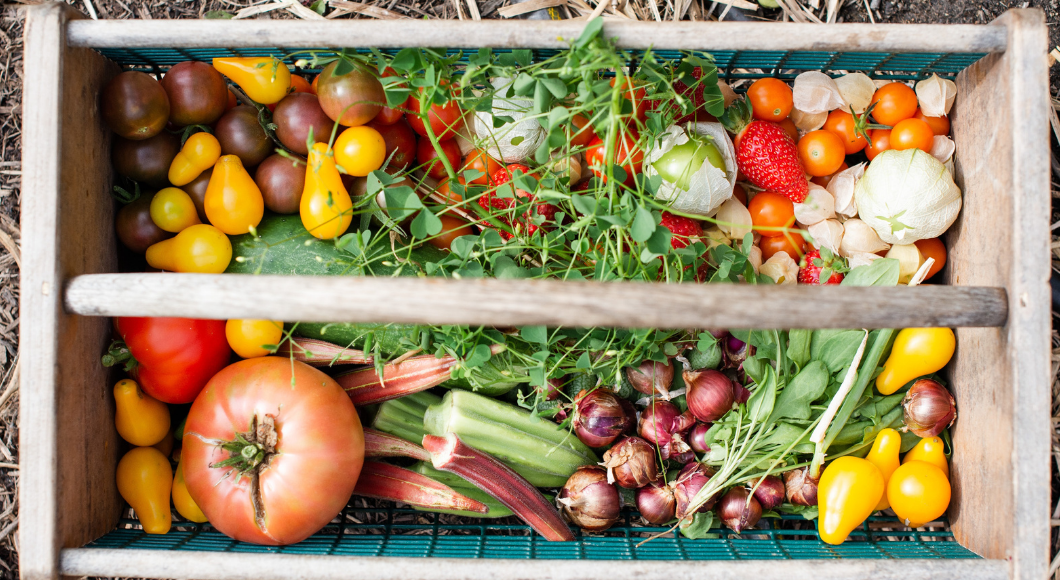
North Texas is such a fortunate place to grow a garden! Pleasant weather hits our state sooner than other parts of the United States and lasts longer, too! This means more time getting our hands dirty and growing fruits and vegetables.
It’s a great time to include little hands on the fun, too. Gardening isn’t only fun, it also teaches kids about discipline, planning, healthy eating, and how to live sustainably. Little ones love to help out, so give them some gloves and a spade! Let them dig and cover the plants or seeds. Older kids can help transfer plants, plant seeds, and plot the garden.
To increase your chance of a successful garden, it helps to know what to plant and when. Use this article to get your green-thumb wheels turning.
>> RELATED READ :: A Growing Fondness for Fruits & Veggies <<
Veggies to Plant in Spring and Summer
These will be planted between the end of March and into April and July. You’ll want to check the forecast and make sure that any freezes are over.
Yummy vegetables to consider planting are eggplant, melons, okra, peppers, potato, sweet potato, southern peas, and tomato. Your kiddos will love to watch these plants grow. Encourage them to eat them right off the vine or plant for a convenient snack!

Veggies to Plant in Fall and Winter
One of the great things about Texas is the ability to garden in the fall and winter. Fall and winter vegetables should be planted between July and March for a fall/winter harvest.
There are TONS of vegetables to choose from, including beans, beets, broccoli, brussel sprouts, cabbage, cauliflower, carrot, collards, corn, cucumber, garlic, kale, leeks, lettuce, mustard, okra, onions, peas, pumpkins, radish, rutabaga, summer squash, spinach, swiss chard, turnips, and winter squash.

Herbs to Grow Year-Round
Many herbs are either annuals (plants that grow yearly but have to be replanted) or perennials (those that come back year after year).
>> RELATED READ :: A Mother’s Guide to Herb Gardening <<
There are so many different varieties of herbs. Be sure to look around and find your favorite variety. Ask your kids what they like, and talk about the differences in taste and smell.
Herbs to consider growing are basil, beebalm, catmint, chamomile, catnip, chives, cilantro, dill, fennel, lavender, lemon balm, lemon grass, marjoram, mint, oregano, parsley, rosemary, rue, sage, stevia, tarragon, thyme, and verbena.
Flowers to Grow
If you’re not interested in growing veggies, fruits, or herbs, flowers are a great alternative. Flowers are great if you are renting and are unable to have planter boxes or trellises.
These are several great perennial choices for north Texas. Just be sure to check the growing requirements, and whether they are safe for your family, pets included.
Perennials incldue amaranthus, artemisia, bird of paradise, blackfoot daisy, black-eyed Susan, crossvine, coleus, copper canyon daisy, coreopsis, coral bells, daylily, dianthus, esparanza, fall aster, fire brush, hibiscus, lamb’s ear, marigold, purple coneflower, periwinkle, plumbago, rain lily, roses, scabosia, shrimp plant, skullcap, Texas gold columbine, turk’s cap, verbena, and yucca.
Go out and have fun gardening with your kiddos!













